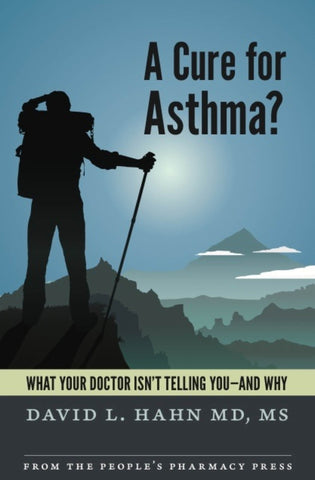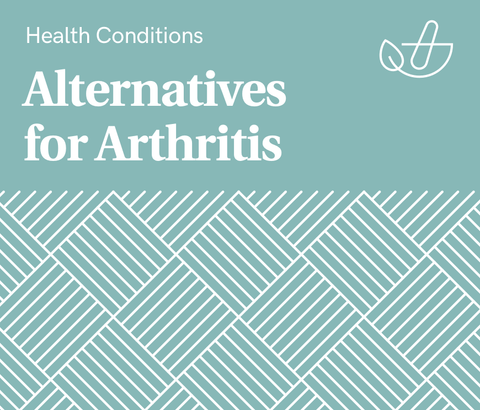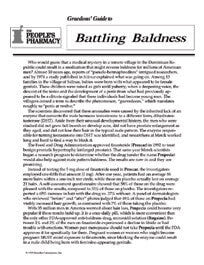Link to your individual collections by creating a new linklist in the Navigation section of the admin.
You can then have it appear here by choosing your new linklist under Customize Theme / Sidebar.

Show 1297: How Chimps Treat Wounds Sheds Light on Home Remedies
In our nationally syndicated radio show we are live this week for the first time in more than two years. First, we speak with biologist Simone Pika about her very interesting observations of chimpanzees treating wounds. Wild chimps at the Ozouga Chimpanzee Project in Gabon have been observed catching insects, mashing them between their lips and applying them to wounds. We don’t know yet exactly which insects they choose or how insect components affect healing, but the chimps seem to think it will help. What can we learn from how chimps treat wounds?
How Chimps Treat Wounds and the Implications for Humans:
Dr. Pika is clear that this behavior is shared by more than one or two chimps. Further research is needed to answer questions like “Does this work?” or “How might it work?”
We will also invite listener calls about home remedies they’ve found useful. We’ll ask questions like “Does this work?” and “How might it work?” For a lot of home remedies, we don’t have answers to those questions beyond the reports of listeners. But for some home remedies that were previously a complete mystery, we may now have at least tentative explanations. Instead of “Stump the Chumps” (a game listeners of Car Talk might remember), we’ll challenge you to top the chimps. Tell us about a home remedy that works for you that we haven’t heard before.
Some of Our Favorite Home Remedies:
We’ve learned a lot about home remedies from our listeners. It was a listener who called to tell us that a spoonful of plain yellow mustard can stop muscle cramps in a minute. Another one made it clear that cold yellow mustard can help prevent blistering from a kitchen burn.
Speaking of burns, we have heard so many stories about the benefits of soy sauce on a burn (after cold tap water). We first learned about this remedy from a listener who’d been using it for decades. And then we started getting calls, including one from a former Marine who was burned in a training accident. What did the medic use? Soy sauce!
The Elements of a Good Home Remedy:
Very few remedies are ever assessed with a randomized placebo-controlled trial. Consequently, we need to use common sense in evaluating them. We like to use three criteria (which we also learned from a listener, in this case a nurse). 1) It might help. Reportedly it has helped some people. 2) It won’t hurt. This is very important. We don’t want to promote any remedies that can cause harm. 3) It doesn’t cost too much. This too is crucial, because it is often why a remedy might be chosen rather than a medication.
Are Home Remedies Held to a Higher Standard?
Sometimes it seems as though people want more proof regarding a remedy than they do for medicines. Perhaps they simply assume that drugs work, because the FDA has required the company to demonstrate safety and efficacy. Maybe they also assume that something that sounds crazy, like swallowing a spoonful of sugar to get rid of hiccups, couldn’t possibly work. (Did I fool you? That one was actually published in a medical journal! Check out the reference below.)
This Week's Guest:
Simone Pika, PhD, is a cognitive biologist at the University of Osnabrück in Germany, where she is the head of the research group Comparative BioCognition at the Institute of Cognitive Science. Dr. Pika has spent over a decade studying the diversity of animals' communicative systems and underlying cognitive mechanisms in captive and natural settings with a special focus on primates and corvids. She is also the Co-director of the Ozouga Chimpanzee Project. www.ozouga.org
https://www.cell.com/current-biology/fulltext/S0960-9822(21)01732-2
https://www.comparative-biocognition.de/cbc/about-cbc
Carol and Little Grey are chimps at Ozouga. You'll find their photos and profiles posted at www.ozouga.org




